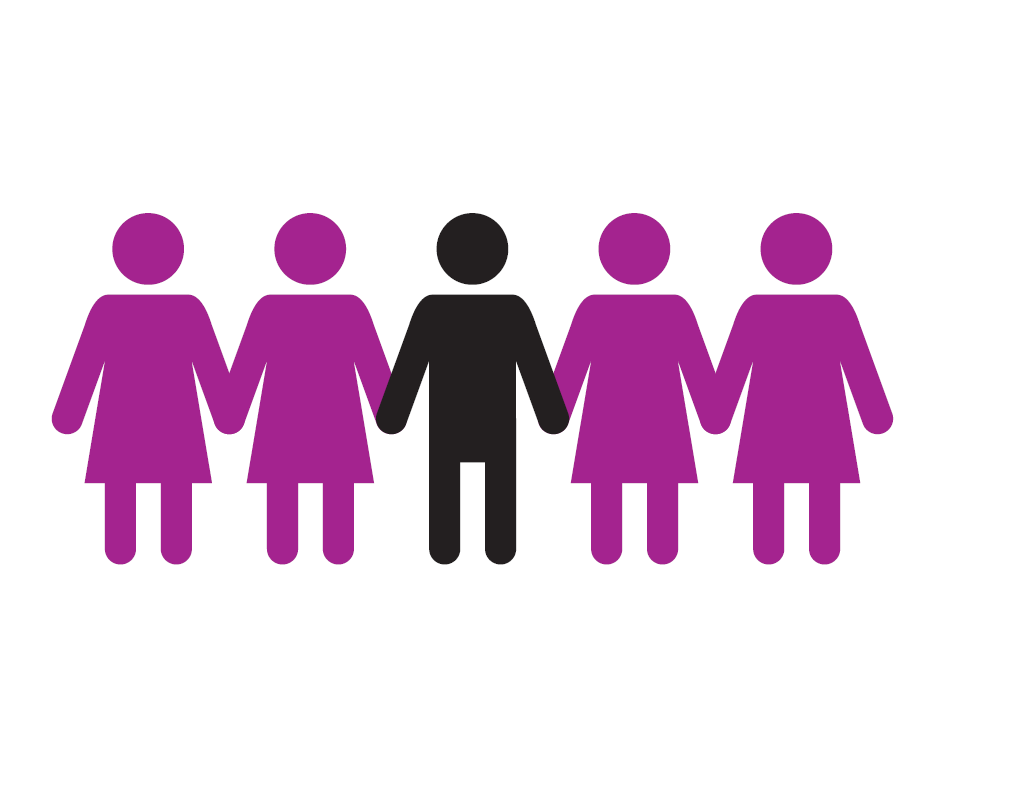Introduction
Unlike many other religions where polygamy is forbidden, it has a long and complicated history within the religion of Hindus. Though practiced earlier by certain communities such as some along the princely Rajput lines, modern Indian law has firmly prohibited polygamy (among Hindus). This blog deals with the history of polygamy in Hinduism, legalizing it through a statute i.e.; The Hindu Marriage Act, and some major judicial pronouncements laying down various dimensions related to Polygamy among Hindus.
Polygamy and the Ancient Hindu Scriptures
In some groups of Hindu society polygamy was (and is) virtually compulsory, in others it came to be considered as an abhorrent sin and has been declared punishable by the new laws. In the ancient past, when Mahabharata was written along with Ramayana there had been so many instances of polygamy citing it as acceptance in a few cases. But monogamy did not become widespread among commoners until much later, due to the economic and social restraints of small-scale society.
None of the Hindu religious texts, including Manusmriti prescribe polygamy though this was a societal practice rather than a religious one. Shifts in social norms and culture, as well as the impact of legal reforms gradually have precipitated a decline of polygamy over time with modern marriage increasingly focused on monogamous relationships between equals.
The Hindu Marriage Act, (1955): No polygamy allowed
The Hindu Marriage Act, of 1955 is an enactment through which the marriage law for Hindu married individuals along with divorce, judicial separation, and other matrimonial aspects was set up. Polygamy is one of the important provisions made in this act. Marriage as declared null and void Section 5(i), it expressly states, that no party should have a subsisting valid marriage at the time of such Marriage. Which rendered polygamy non-existent amongst Hindus by legally recognizing that a Hindu man or woman is not allowed to marry another.
The relevant section reads:
“Any two Hindus who satisfy the following conditions may enter into a marriage, namely:— (i) Each of the parties has a spouse living at that time, or
A person who enters into a second marriage while still married to his/her first spouse is not able to legally marry and in some cases, the opposite marriage will be void. Bigamy is also punishable under Section 494 of the Indian Penal Code (IPC), which prescribes up to seven years imprisonment, fine, or both. This legal practice can be traced back to ancient times but is inconsistent with modern principles of monogamy and gender equality.
Judicial Perspectives on Polygamy
Some of the landmark judicial cases that formed a crucial part in strengthening this as well as shaping the legal panorama, and which explicitly pronounced on the prohibition of polygamy among Hindus are:-
1. Parayankandiyal vs K. Devi & Others (1996)
In this regard, the Supreme Court said that monogamy is in Hindu society and polygamy has always been considered unacceptable. The Court held that it is well within the essence of monogamy as an ideal in the cultural and religious ethos not to have more than any one spouse at a time [sic] enjoyed by all religions including Christianity under both, Statutory Law: 1876 CHURCH OF SCOTLAND ACT, (Act VII) AND CANON LAW. It was a conduct criminalizing judgment that added another chapter to this illegal heritage of Hindu society.
2. State of Bombay v. Narasu Appa Mali (1951)
The Bombay High Court. confirmed the validity of the Bombay, (Prevention of Hindu Bigamy Marriage) Act 1946, one of the earliest attempts to legislate against polygamy among Hindus. But the court said that social welfare legislation has precedence, even if it contradicts religious practices. And, that judicial decision paved the way for the Hindu Marriage Act of 1955 and made legal prohibition against polygamy a part of the codified law among Hindus.
3. Javed & Others v. State of Haryana & Others (2003)
It is in the case of polygamy under Muslim personal law that the Supreme Court has made important observations on the contest between freedom of religion and social welfare. According to the court, while providing freedom under Article 25, to practice religion it is subject to social harmony and the welfare of the public. The decision reaffirmed the principle that laws to promote social welfare are more important than religious practices, at least if those practices include polygamy.
Exceptions and Edge-Cases
As the Hindu Marriage Act prohibits a second marriage, there are some areas when this act shall be interpreted in different scenarios as follows:-
Void marriages – If the first marriage is declared void on account of non-consummation, insanity, or other valid grounds in law, then that person may be at liberty to enter into another.
Customary Practices: Some communities and sects practice polygamy as part of their customs. The practice of polygamy creates legal gray areas, but is discouraged and not widely practiced or accepted by the courts.
Religious Conversion: If a person converts to another religion, and other religions permit polygamy (like Islam), he can try for remarriage under the new personal law applicable in case of this new conversion. That stipulation has been largely upheld by Indian courts when it comes to Hindu converts, with most having ruled that one cannot convert simply to remarry outside the provisions of the Hindu Marriage Act.
Social & legal implications.
The broader context is that India has moved towards monogamy and the equality of sex with equality for men too under the law, which was confirmed by section 498A getting diluted in primary form. This was in the context of a series of reforms to Hindu personal law being enacted between 1955 and 2001, influenced by concerns that were unrelated to the uniform civil code to modernize legal matters affecting women aiming at rendering them mostly gender-neutral.
It also serves an important function in protecting women, prohibiting a mode of marriage that is inherently unequal and allows the exploitation of generations of daughters by their fathers. Though polygamy prevailed in some sections among Hindus, even then today our legal system negates it and this reveals how committed we are now to social justice & individual rights.
Conclusion
The Hindu Marriage Act 1955 of India, strictly prohibits this unless the first marriage has been terminated; in contrast, Islamic law permits hiring a second wife (two or more) The practice became illegal as an offense against women and attributing human rights to women. Monogamy is India’s flower & the Supreme Court in a few well-known cases since Parayankandiyal v. K. Devi and Others (1996), State of Bombay vs Narasu Appa Mali (1951), and Javed & Ors.vs The state of Haryana and others on 15 July 2003 has time-tested these precedents as showcasing Indian legitimacy icon that carries about it under its wings Gender equality adherent to individual rights within marriage nexus deployment with exactly artistry acute. Although there are a few exceptions such as based on customary practices and religious conversion, in general accordance with the Hindu Marriage Act: Polygamy is illegal under the law.
Reference List
1. Hindu Marriage Act, 1955. 1 THE HINDU MARRIAGE ACT, 1955
2. Muslim Marriage Act, 1981. MUSLIM MARRIAGES REGISTRATION ACT, 1981 | India Code
3. Parayankandiyal v. K. Devi & Others, AIR 1996 SC 122. Supreme Court of India. Smt. Parayankandiyal … vs K. Devi & Ors on 26 April, 1996
4. State of Bombay v. Narasu Appa Mali, AIR 1951 Bom 210. Bombay High Court.The State Of Bombay vs Narasu Appa Mali on 24 July 1951
5. Javed & Others v. State of Haryana & Others, AIR 2003 SC 3057. Supreme Court of India. Javed & Ors vs State Of Haryana & Ors on 30 July, 2003






